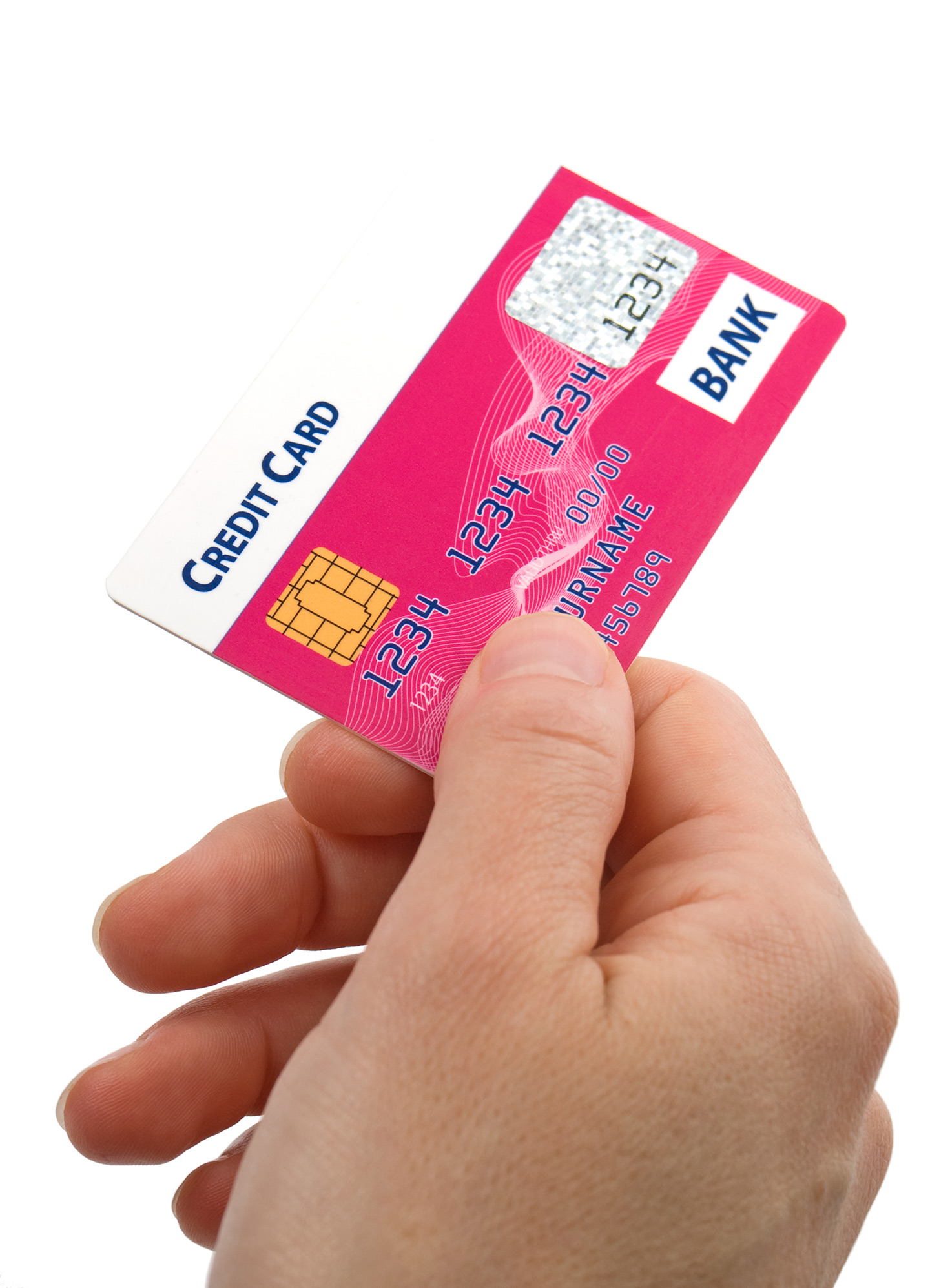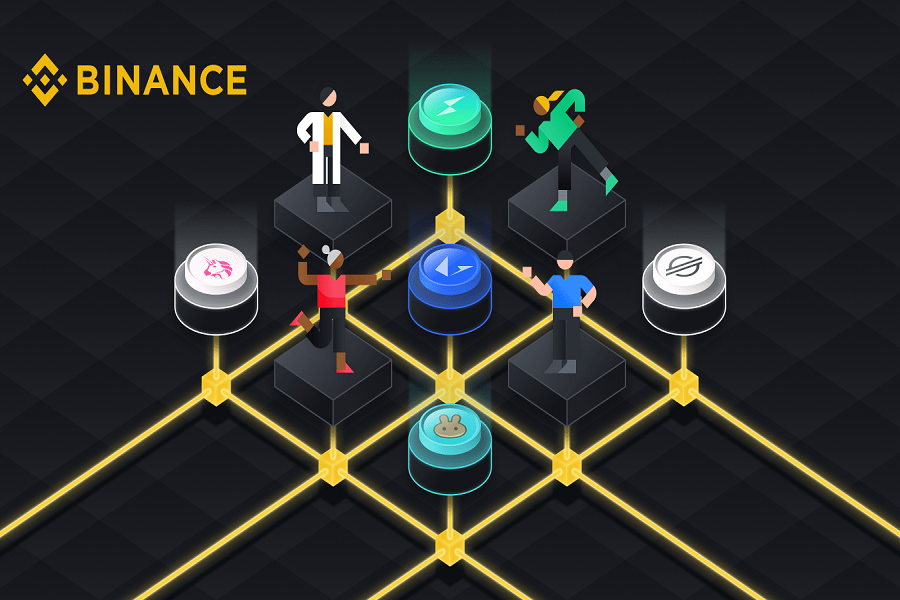
Financial hardship can strike anyone, regardless of their income or background. In Canada, many individuals and families find themselves struggling to make ends meet due to a variety of reasons, such as job loss, illness, or unexpected expenses. Oddly enough, consumer proposals in Canada’s richest city, Calgary, are disproportionately more popular than bankruptcies.
If you’re facing financial difficulties, it’s important to know that you’re not alone. There are options available to you, such as filing for bankruptcy or making a consumer proposal. But why is Calgary so unique in its preference for consumer proposals. The answer lies in Alberta’s (the province Calgary is in) boom bust cycle cause by its oil and gas industry. The logic is pretty simple, people in Calgary are used to periods of high income followed by periods of lower income. Instead of filing for bankruptcy, people know the jobs (money) will return and a consumer proposal provides more benefits than bankruptcy.
Understanding Financial Hardship
Financial hardship can happen to anyone, even in Calgary, regardless of their income or background. It can be caused by a variety of reasons such as job loss, illness, or unexpected expenses. The stress of dealing with financial difficulties can be overwhelming and can lead to feelings of anxiety, depression, and even physical illness.
In Canada, there are many resources available to help individuals facing financial hardship. These resources can include credit counselling, financial planning services, and debt consolidation. It’s important to reach out for help as soon as possible to prevent the situation from getting worse.
What is a Consumer Proposal?
A consumer proposal is a legal agreement between an individual and their creditors that is facilitated by a licensed insolvency trustee (LIT). It is a formal offer to settle outstanding debts with creditors by paying a portion of what is owed over a period of time. This offer is made based on what the individual can afford to pay, taking into consideration their income and expenses.
A consumer proposal can be an attractive option for those struggling with debt but do not want to file for bankruptcy. It can offer a way to restructure debt payments into a manageable monthly payment plan, while also protecting assets and avoiding legal action from creditors.
The Benefits of a Consumer Proposal
There are many benefits to filing a consumer proposal in Canada. The first and most significant benefit is that it allows individuals to avoid bankruptcy. Bankruptcy can have long-lasting negative impacts on credit, as well as social and professional relationships. A consumer proposal can offer a way to avoid those negative consequences.
Another benefit of a consumer proposal is that it offers a way to reduce the total amount owed to creditors. This can provide a significant relief to those struggling with unmanageable debt. Additionally, a consumer proposal can provide protection from legal action by creditors, including wage garnishment and seizure of assets.
Eligibility for a Consumer Proposal
To be eligible for a consumer proposal, an individual must meet certain criteria. Firstly, they must be insolvent, meaning they are unable to pay their debts as they become due. Secondly, their total debt must not exceed $250,000, excluding debts secured by a mortgage on a principal residence. Thirdly, they must have a regular source of income to make payments towards the proposal.
The Consumer Proposal Process
The consumer proposal process begins with a consultation with a licensed insolvency trustee. The trustee will assess the individual’s financial situation and help them determine if a consumer proposal is the right solution for their needs. If it is, the trustee will work with the individual to create a proposal that outlines how much they are willing to pay to their creditors and over what period of time.
The proposal will be sent to the individual’s creditors for review and acceptance. If a majority of the creditors agree to the proposal, it becomes binding on all parties involved. The individual then makes regular payments to the trustee, who distributes those payments to the creditors as per the terms of the proposal.
How a Consumer Proposal Affects Your Credit
A consumer proposal will have a negative impact on an individual’s credit score, but it is not as severe as a bankruptcy. A consumer proposal will remain on an individual’s credit report for three years after the proposal is completed or six years from the date it was filed, whichever is earlier.
It’s important to note that the impact on credit can be mitigated by making regular payments on the proposal, as this demonstrates a commitment to repaying debt. Additionally, once the proposal is completed, individuals can begin to rebuild their credit by making all payments on time and using credit responsibly.
Alternatives to a Consumer Proposal
Technically speaking, a consumer proposal is the “alternative” to bankruptcy. While a consumer proposal can be an effective way to manage debt, it may not be the right solution for everyone. There are other options available, such as credit counselling, debt consolidation, and bankruptcy.
Credit counselling involves working with a financial professional to create a budget and payment plan. Debt consolidation involves combining multiple debts into a single payment with a lower interest rate. Bankruptcy involves having all debts discharged, but it also has significant negative impacts on credit.
Choosing the Right Licensed Insolvency Trustee
Choosing the right licensed insolvency trustee is an important decision when considering a consumer proposal. It’s important to do research and choose a trustee with experience and a good reputation. The trustee should be willing to answer any questions and provide transparent information about the process.
Common Myths About Consumer Proposals
There are many myths and misconceptions about consumer proposals in Canada. One common myth is that a consumer proposal is the same as bankruptcy. While they are both forms of debt relief, they are different legal processes with different impacts on credit and assets.
Another common myth is that a consumer proposal is only for those with low income. In reality, anyone who meets the eligibility criteria can file a consumer proposal – at that means the high income earners of Calgary.
Conclusion
Financial hardship can be stressful, but there are options available to help manage debt and regain financial stability. A consumer proposal can be an effective way to restructure debt payments and avoid bankruptcy. By understanding the process, benefits, and eligibility criteria for a consumer proposal, you can make a more informed decision.




